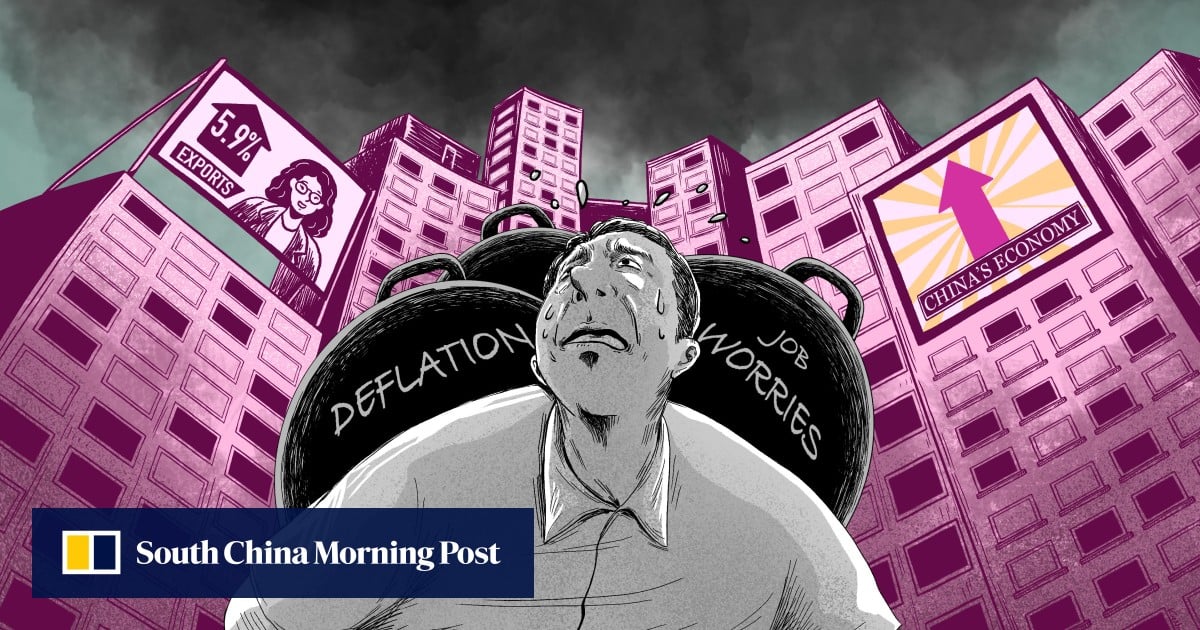
Having gone five years without a raise, and now facing increased odds of being laid off, a 36-year-old accountant in the southwestern Chinese city of Chengdu is among those feeling a disconnect between robust headline economic figures and the day-to-day reality.
Advertisement
Justin Li has been struggling to make ends meet since the onset of the pandemic. Since then, his monthly salary of 7,000 yuan (US$975) has not changed. And now, as his company undergoes a round of lay-offs, his dream of buying a home seems more distant than ever.
“With my current income, I don’t dare take on a mortgage,” said Li, who relies on rental housing to provide a home for his wife, mother and one-year-old daughter. “What if I lose my job one day? The job market is weak right now – there’s too much unknown about the future.”
Advertisement
“We need to distinguish between official economic data and how households and businesses actually feel,” said Chen Zhiwu, chair professor of finance at the University of Hong Kong.
“What people are feeling is a different world from the rosy data in the first half.”

